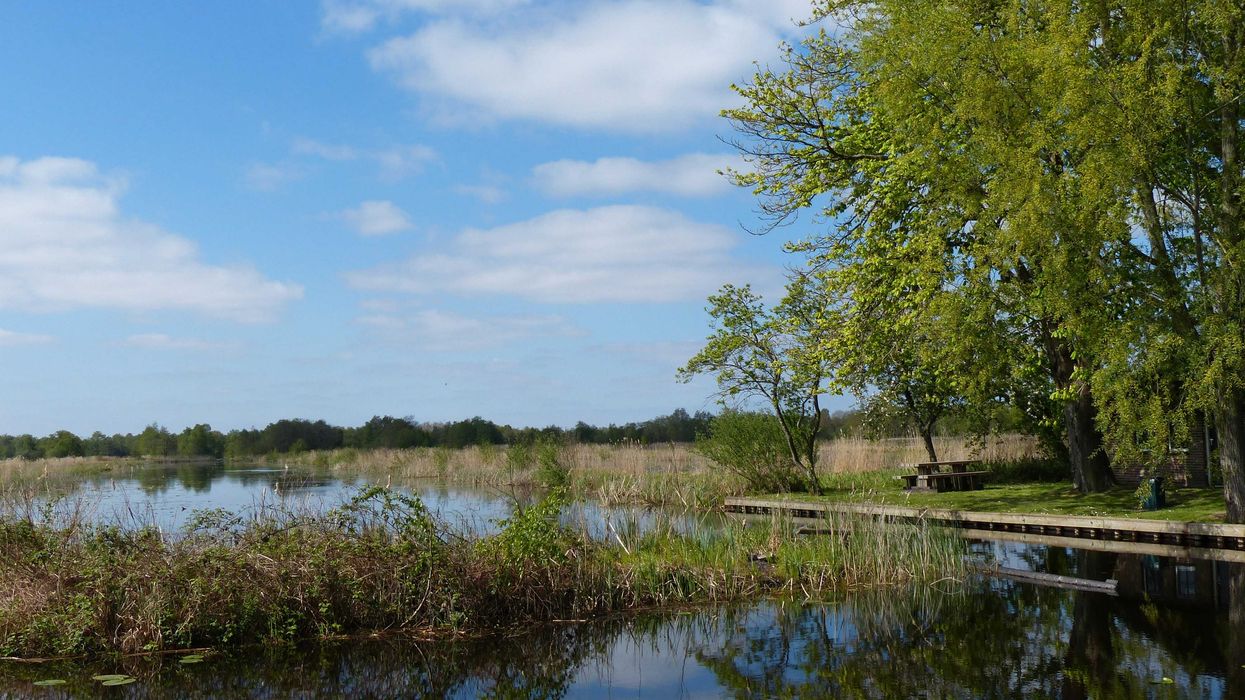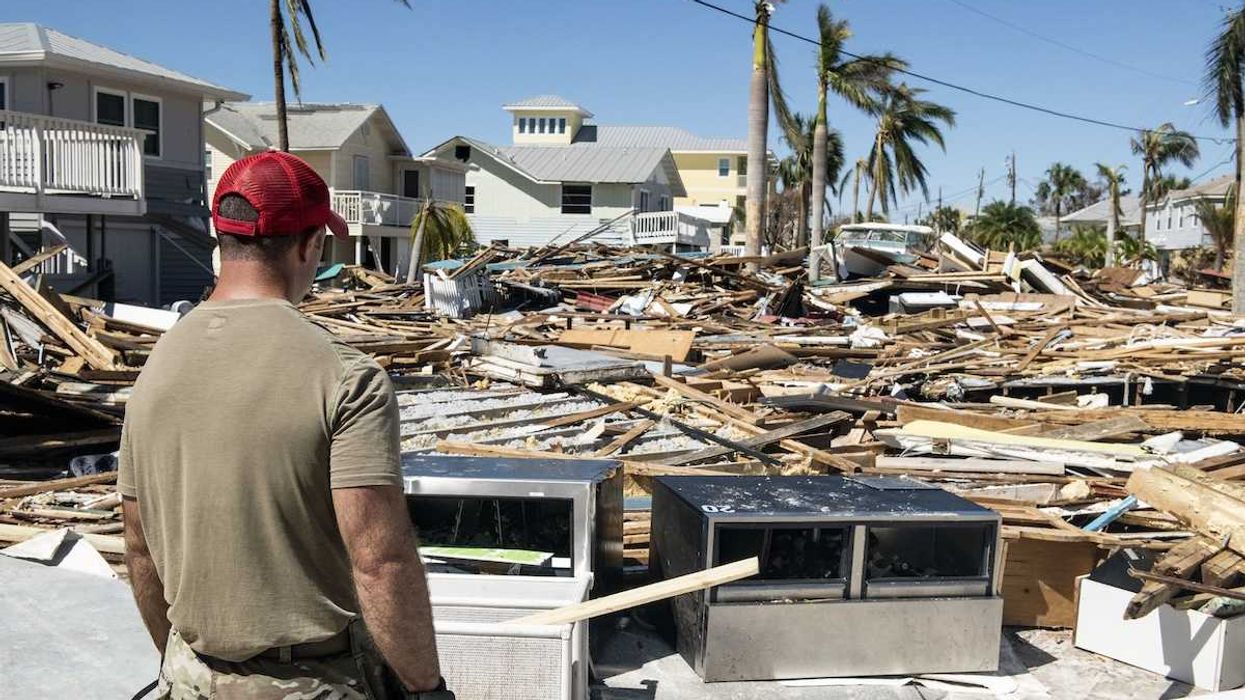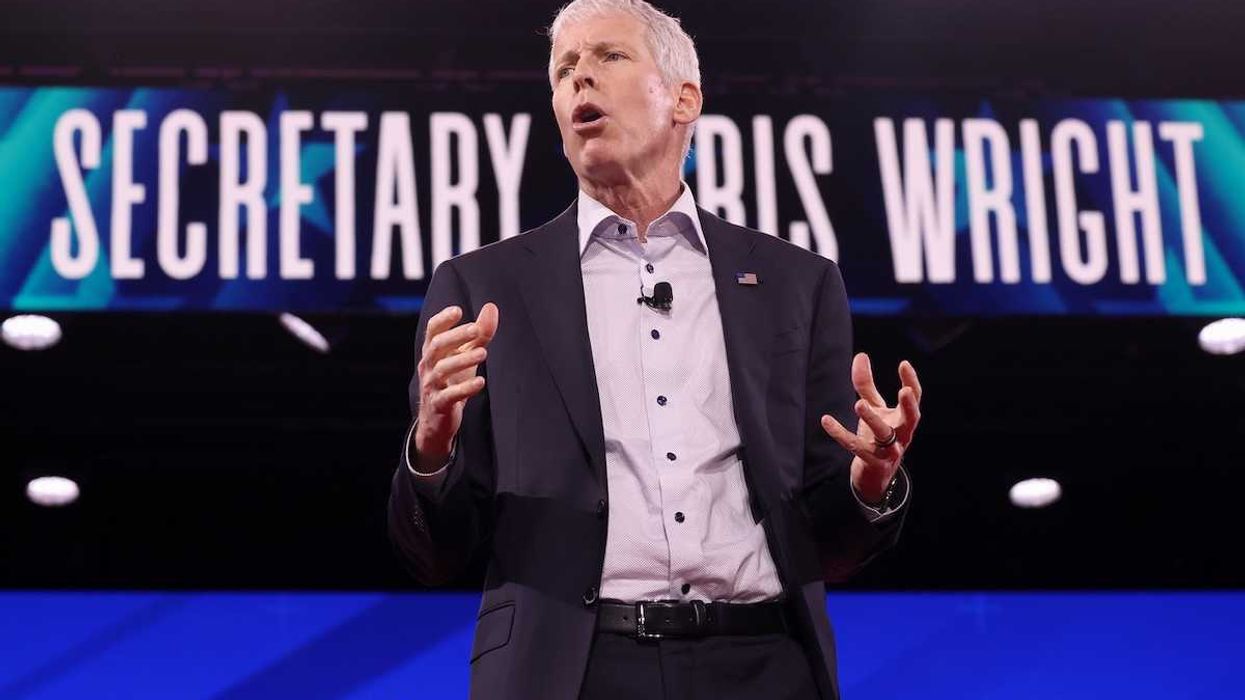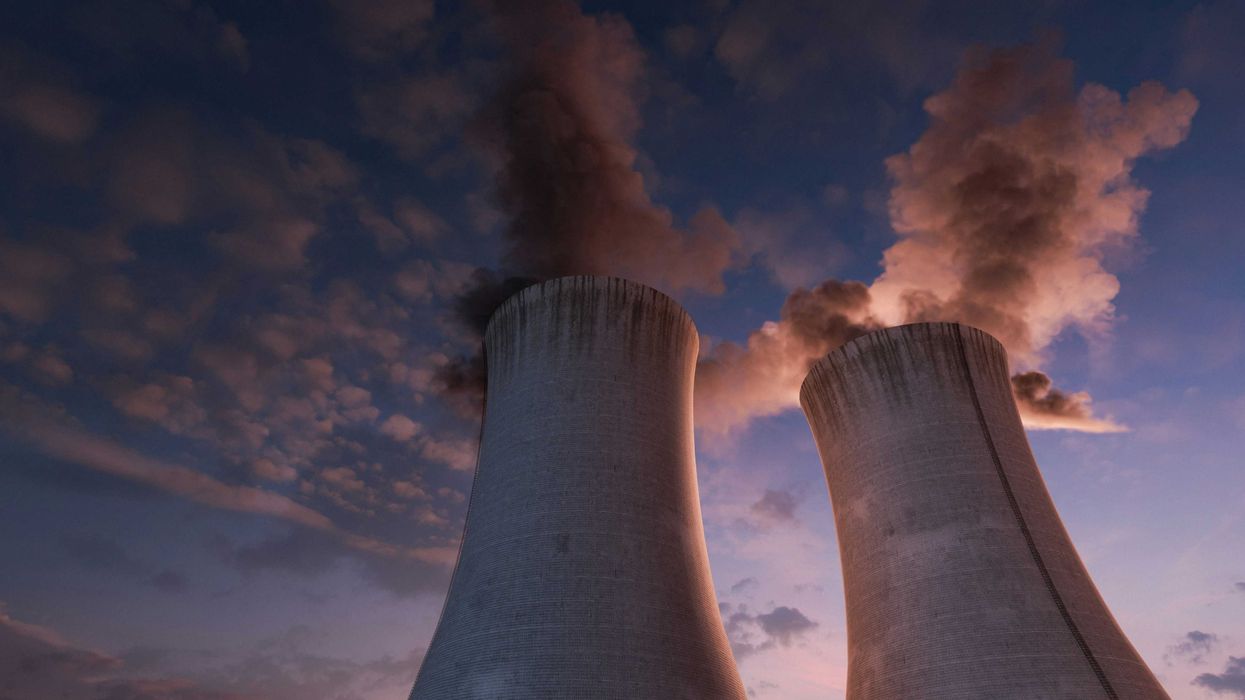BP will increase spending on oil and gas while cutting more than $5 billion from its low-carbon investment plans, citing misplaced optimism about the energy transition.
Jillian Ambrose reports for The Guardian.
In short:
- BP will invest $10 billion annually in fossil fuels and scale back its commitment to renewable energy, producing 2.4 million barrels of oil and gas daily by 2030.
- CEO Murray Auchincloss said BP had moved “too far, too fast” on green energy and is now focused on long-term shareholder value.
- The company faces investor pressure, including from hedge fund Elliott Management, which has a $3.8 billion stake and may push for restructuring.
Key quote:
“Our optimism for a fast [energy] transition was misplaced, and we went too far, too fast.”
— Murray Auchincloss, CEO of BP
Why this matters:
For years, BP positioned itself as a leader among oil giants embracing the transition to renewable energy. But the company’s recent shift signals that high oil and gas prices — and the investor demand for returns — are proving difficult to resist. This could have long-lasting environmental consequences. Expanding fossil fuel production now could lock in decades of carbon emissions, making it harder to meet international climate targets.
At the same time, the renewables industry is growing, with solar and wind power continuing to gain market share. Some analysts suggest that BP’s retreat from green energy may be a financial gamble, potentially leaving the company vulnerable if the clean energy transition accelerates. The bigger question remains: As the world’s largest economies push forward with net-zero goals, will oil companies stay committed to their climate promises, or will short-term financial pressures continue to dictate their decisions?
Read more: Big oil companies report soaring profits and increased production














